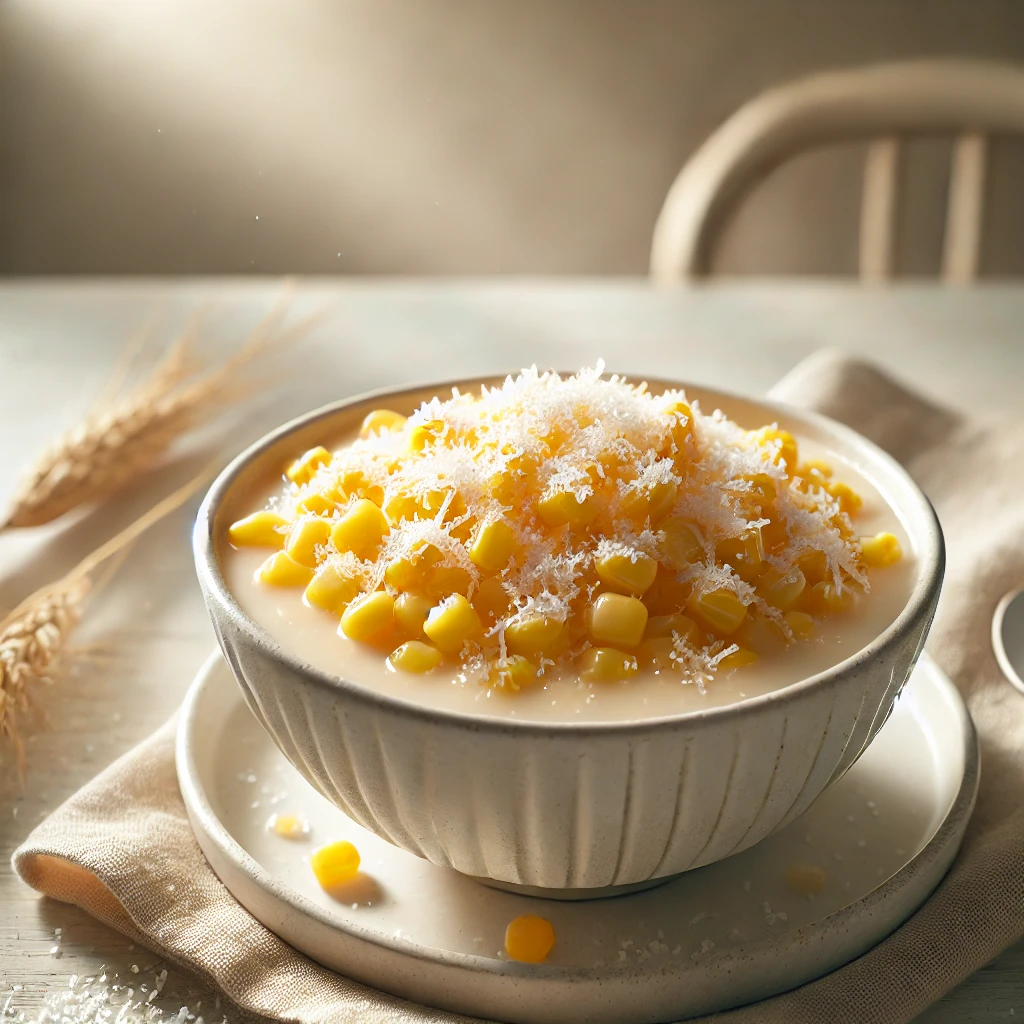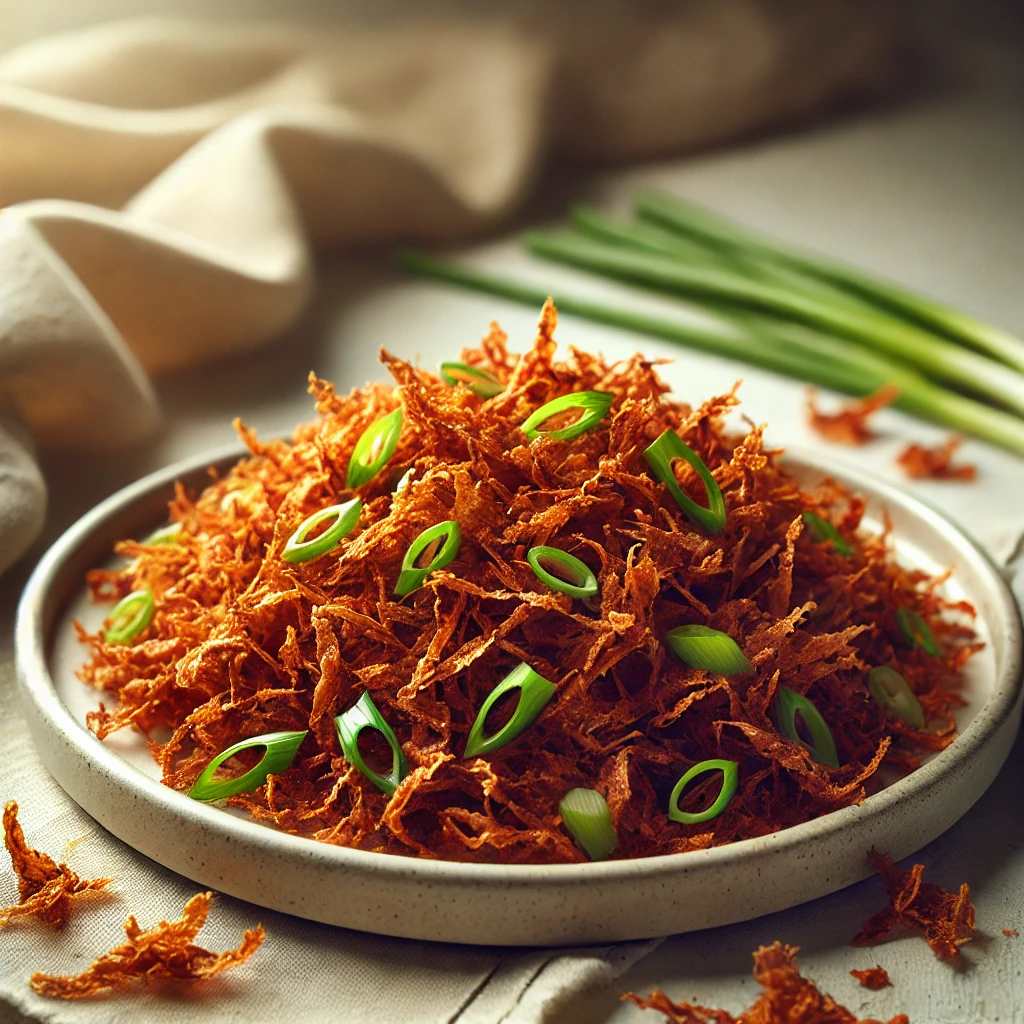Have you ever heard the jingle of a bicycle bell and the cheerful call of “Ice cream!” echoing through the streets on a sweltering summer day? If you’ve been lucky enough to experience this in the Philippines, chances are you’ve encountered the beloved treat known as “Dirty Ice Cream.” Don’t let the name fool you – this delightful frozen dessert is far from unclean. In fact, it’s a cherished street food that has captured the hearts and taste buds of Filipinos for generations.
Dirty Ice Cream, also known as “sorbetes” or “iskrambol,” is a unique Filipino frozen dessert that blends rich flavors with a touch of nostalgia. This frozen treat gets its quirky moniker not from any lack of hygiene, but from its humble origins as a street food sold by vendors pushing colorful wooden carts through bustling neighborhoods. The name stuck, becoming an endearing term that evokes childhood memories and the simple joys of life.
What sets Dirty Ice Cream apart is its creamy texture, vibrant flavors, and the experience of enjoying it right on the street. Made with simple, locally-sourced ingredients, this dessert is a testament to Filipino ingenuity and resourcefulness. It’s typically dairy-free, making it suitable for those with lactose intolerance or following a vegan diet. The base is often made from coconut milk or carabao’s milk, giving it a unique flavor profile that’s distinctly Filipino.
In this blog post, we’ll take you on a journey to create your very own Dirty Ice Cream at home. We’ll explore the traditional flavors, share some tips and tricks, and help you recreate that magical street vendor experience in your own kitchen. So, grab your apron and get ready to churn out a batch of nostalgia-infused, deliciously “dirty” ice cream!
Recipe Ingredients
Before we dive into the ice cream-making process, let’s gather our ingredients. This recipe will make approximately 1 quart of Dirty Ice Cream, enough to serve 6-8 people. We’ll be making the classic Ube (Purple Yam) flavor, a Filipino favorite.
| Ingredient | Quantity | Notes |
|---|---|---|
| Coconut milk | 2 cups (480 ml) | Full-fat, canned |
| Sugar | 3/4 cup (150 g) | Adjust to taste |
| Cornstarch | 2 tablespoons (16 g) | For thickening |
| Salt | 1/4 teaspoon | To enhance flavor |
| Ube halaya (purple yam jam) | 1/2 cup (120 g) | Can substitute with ube flavoring |
| Vanilla extract | 1 teaspoon | Optional, for depth of flavor |
| Ice | 4 cups | For the freezing process |
| Rock salt | 1 cup | For the freezing process |
Substitutions and Notes:
- If you can’t find ube halaya, you can use 2 tablespoons of ube flavoring or ube extract instead.
- For a non-vegan version, you can replace coconut milk with 2 cups of carabao’s milk or regular whole milk.
- Feel free to experiment with other flavors like mango, chocolate, or cheese (yes, cheese ice cream is popular in the Philippines!).
Recipe Instructions
Now that we have our ingredients ready, let’s walk through the process of making Dirty Ice Cream step by step. Don’t worry if you’ve never made ice cream before – this method is relatively simple and doesn’t require an ice cream maker.
Step 1: Prepare the Ice Cream Base
- In a medium saucepan, whisk together 1 1/2 cups of coconut milk, sugar, cornstarch, and salt.
- Place the saucepan over medium heat and cook, stirring constantly, until the mixture thickens and begins to bubble. This should take about 5-7 minutes.
- Remove from heat and stir in the ube halaya and vanilla extract (if using) until well combined.
- Add the remaining 1/2 cup of coconut milk and whisk until smooth.
- Transfer the mixture to a heat-safe bowl and let it cool to room temperature, stirring occasionally to prevent a skin from forming.
Step 2: Chill the Mixture
- Once cooled to room temperature, cover the bowl with plastic wrap, ensuring the wrap touches the surface of the mixture to prevent a skin from forming.
- Refrigerate for at least 4 hours or overnight until thoroughly chilled.
Step 3: Freeze the Ice Cream
- Pour the chilled mixture into a large, sealable plastic bag and seal tightly, removing as much air as possible.
- In a large bowl or a clean bucket, layer ice and rock salt.
- Place the sealed bag with the ice cream mixture on top of the ice and salt, then cover with more ice and salt.
- Wrap the bowl or bucket in a towel to insulate it and prevent melting.
- Gently massage and flip the bag every 15 minutes for about 30-45 minutes, or until the mixture reaches a soft-serve consistency.
Step 4: “Dirty” Ice Cream Serving Method
- Once the ice cream reaches the desired consistency, remove the bag from the ice bath.
- Cut a small corner off the bag and pipe the ice cream directly into cups or cones, just like a street vendor would!
- For an authentic experience, serve in small plastic cups or sugar cones.
Recipe Tips & Variations
Tips for Success:
- Make sure all your ingredients are well-chilled before starting the freezing process. This will help the ice cream freeze faster and more evenly.
- If you don’t have rock salt, you can use regular table salt, but you may need to use a bit more.
- For a creamier texture, you can add 1/4 cup of coconut cream to the base mixture.
- If the ice cream becomes too hard, let it sit at room temperature for a few minutes before serving.
Flavor Variations:
- Mango: Replace the ube halaya with 1 cup of pureed ripe mango.
- Chocolate: Add 1/4 cup of unsweetened cocoa powder to the base mixture.
- Cheese: Add 1/2 cup of grated cheddar cheese to the base mixture for a sweet and savory twist.
- Avocado: Blend 1 ripe avocado with the coconut milk before cooking the base.
Storage Instructions:
If you have any leftover Dirty Ice Cream, transfer it to an airtight container and store it in the freezer. It should keep well for up to 2 weeks. Before serving, let it sit at room temperature for about 5-10 minutes to soften slightly.
Nutritional Information
While Dirty Ice Cream is undoubtedly a treat, it’s good to be aware of its nutritional content. Here’s an approximate breakdown per serving (assuming 8 servings per quart):
| Nutrient | Amount per Serving |
|---|---|
| Calories | 220 |
| Total Fat | 14g |
| Saturated Fat | 12g |
| Cholesterol | 0mg |
| Sodium | 80mg |
| Total Carbohydrates | 25g |
| Dietary Fiber | 1g |
| Sugars | 20g |
| Protein | 2g |
Please note that these values may vary depending on the specific ingredients used and any modifications made to the recipe.
As I scoop the last spoonful of homemade Dirty Ice Cream from my bowl, I’m transported back to my childhood in the Philippines. The creamy texture, the vibrant purple hue, and the sweet ube flavor bring back memories of hot summer days, the tinkling of the sorbetero’s bell, and the joy of sharing this simple pleasure with friends and family.
Making Dirty Ice Cream at home is more than just creating a dessert – it’s about preserving a piece of Filipino culture and sharing it with others. Whether you have Filipino roots or you’re simply an adventurous food lover, this recipe offers a unique and delicious experience that goes beyond the ordinary.
I encourage you to try this recipe and put your own spin on it. Experiment with different flavors, share it with your loved ones, and create your own memories around this beloved street food. And don’t forget to share your creations and experiences in the comments below or on social media – I’d love to see how your Dirty Ice Cream turns out!
If you enjoyed this taste of Filipino culture, why not explore more Filipino recipes on our blog? From savory adobo to sweet halo-halo, there’s a world of flavors waiting to be discovered. And remember, sometimes the “dirtiest” treats can be the most delightful!
Additional Elements
Related Recipes and Pairings:
- Filipino Halo-Halo: A perfect companion to Dirty Ice Cream, this shaved ice dessert is loaded with colorful toppings.
- Ensaymada: A soft, sweet bread that pairs wonderfully with a scoop of Dirty Ice Cream.
- Turon: Crispy banana spring rolls that contrast beautifully with the creamy ice cream.
Serving Suggestions:
- Serve your Dirty Ice Cream in small plastic cups or sugar cones for an authentic street vendor experience.
- For a modern twist, try serving it as an affogato – pour a shot of hot espresso over a scoop of Dirty Ice Cream for a delightful contrast of hot and cold.
- Create an ice cream sandwich using pan de sal (Filipino bread rolls) for a unique dessert.
Equipment Recommendations:
While traditional Dirty Ice Cream is made using a hand-cranked ice cream maker, our method requires minimal special equipment. However, here are a few items that can make the process easier:
- Digital kitchen scale: For precise measurements.
- Large sealable plastic bags: For the freezing process.
- Ice cream scoop: For serving.
- Insulated ice bucket: Useful for the freezing process and for keeping the ice cream cold while serving.
Historical and Cultural Context:
Dirty Ice Cream has been a staple of Filipino street food culture since the early 20th century. It emerged as a more affordable alternative to imported ice creams, using locally available ingredients like coconut milk and tropical fruits. The sorbeteros (ice cream vendors) became iconic figures in Filipino neighborhoods, their colorful carts and distinctive calls announcing their arrival.
The tradition of Dirty Ice Cream is deeply intertwined with Filipino values of resourcefulness and community. The use of coconut milk instead of dairy made it accessible to more people, while the communal experience of gathering around the sorbetero’s cart strengthened neighborhood bonds.
In recent years, there has been a renewed appreciation for this humble dessert. High-end restaurants and ice cream shops have started offering gourmet versions of Dirty Ice Cream, elevating it from street food to a celebrated part of Filipino cuisine. However, for many Filipinos, the true essence of Dirty Ice Cream will always be found in the simple joy of buying a scoop from a wandering vendor on a hot summer day.
By making Dirty Ice Cream at home, you’re not just creating a dessert – you’re participating in a cherished cultural tradition that has brought smiles to generations of Filipinos. So the next time you enjoy a scoop of your homemade Dirty Ice Cream, remember the rich history and community spirit behind this beloved treat.
Disclaimer: This recipe is based on traditional methods and ingredients used up to 2019. Nutritional information is approximate and may vary based on specific ingredients used. While we strive for accuracy, please note that recipes and cultural practices may evolve over time. If you notice any inaccuracies, please report them so we can correct them promptly.




